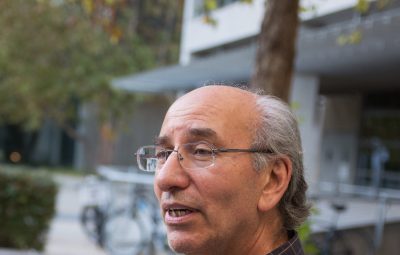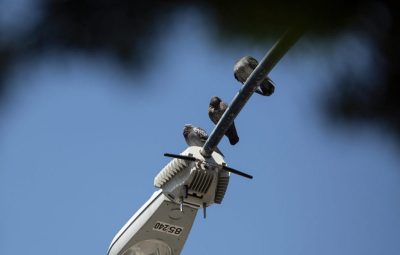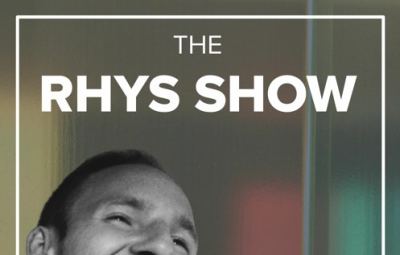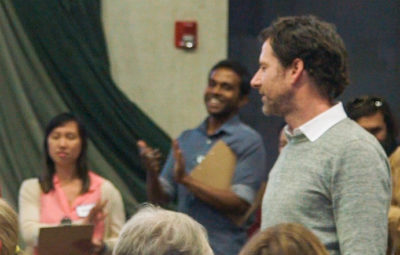Currently a postdoctoral researcher at the UC San Diego Design Lab and at the Creativity Lab, Zhutian Chen describes what he does as visualizing data in an augmented reality environment. Chen seeks to visualize data “beyond the desktop” and to “allow the user to interact with [the data].”
Before joining the Design Lab, Chen originally earned his B.S. in Computer Software Engineering at the South China University of Technology, eventually earning his Ph.D. in Computer Science at the Hong Kong University of Science and Technology. During his time as an undergraduate, Chen was given the opportunity to intern for Microsoft Research as a research assistant where he discovered his newfound interest in Human-Computer Interaction (HCI).
“Before my internship in Microsoft Research, I think [I was] more interested in doing research related to data mining and machine learning,” says Chen. “However, I [found] out that HCI is much more interesting because it makes you engage the human.”
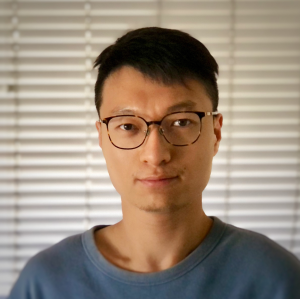
Along with his specific area of research, Chen’s scope of work also shifted. Chen states that his previous academic research limited him to focusing on the efficiency and accuracy of data models, but HCI allowed him to consider the user interface of his models, including the aesthetics of said interfaces.
After his graduation as a Ph.D. student in Hong Kong, Chen began his search for a Postdoc position. Chen commented on how he had trouble finding a position as a result of the pandemic, in particular, because of the travel ban imposed by the United States. Although Chen did not know Haijun Xia, his current supervisor at the Lab personally, he notes how knowledge of Xia’s research helped him in his decision to seek a position in the UCSD Design Lab when comparing offers from other labs in Europe and Australia..
Currently at the Design Lab, Chen is working “on a project that aims to help writers [write] better articles,” as he put it. The project is referred to as Personal Dynamic Information Space. “The main goal of this work is to help the writer to better organize the information and then use this information to finish writing,” says Chen. This project is indicative of Chen’s work towards HCI, as the project involves exploring how to help writers better interact with information.
While Chen enjoys the research he conducts at the Design Lab, it is the extra perks of working among the Design Lab community that provide him a sense of satisfaction. Specifically, Chen enjoys engaging with the other faculty members in both opportunities for professional feedback and comradery as a whole with people from different walks of life.
“The faculty in the lab is quite amazing,” he says. “They’re brilliant, they’re enthusiastic and they are willing to help you. You can always find company. It is quite easy for you to find someone that works on the same thing or similar thing with you. Another thing is that you can […] build connections with other researchers all around the world.”


